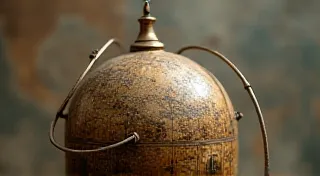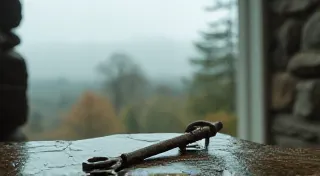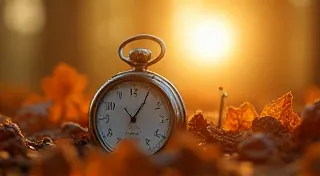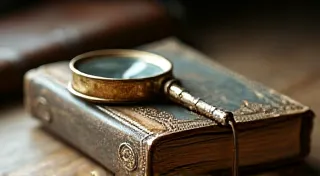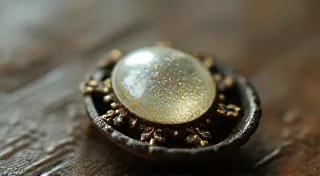The Collector’s Shadow: Hidden Stories in Victorian Hair Art Collections
Victorian hair art. The very words conjure a sense of melancholy romance, of intricate craftsmanship whispering tales of love, loss, and remembrance. We appreciate the artistry – the delicate weaving, the meticulous arrangements – but often overlook the individuals who amassed and cherished these fragile keepsakes. Beyond the swirls of darkened strands lies a profound human story, a tapestry woven with the motivations and memories of the collectors themselves. They weren’t merely acquiring objects; they were safeguarding legacies, solidifying bonds, and confronting mortality.
The Victorian era, spanning from 1837 to 1901, was a period deeply preoccupied with death. Scientific advancements, while progressing, offered little comfort against the inevitable. Mourning rituals were elaborate and deeply ingrained in society, a means of expressing grief and maintaining social propriety. Photography was still relatively new and expensive, making hair art a poignant and accessible alternative for preserving the memory of a loved one. A lock of hair, imbued with the essence of the departed, became a tangible link to a vanished presence.
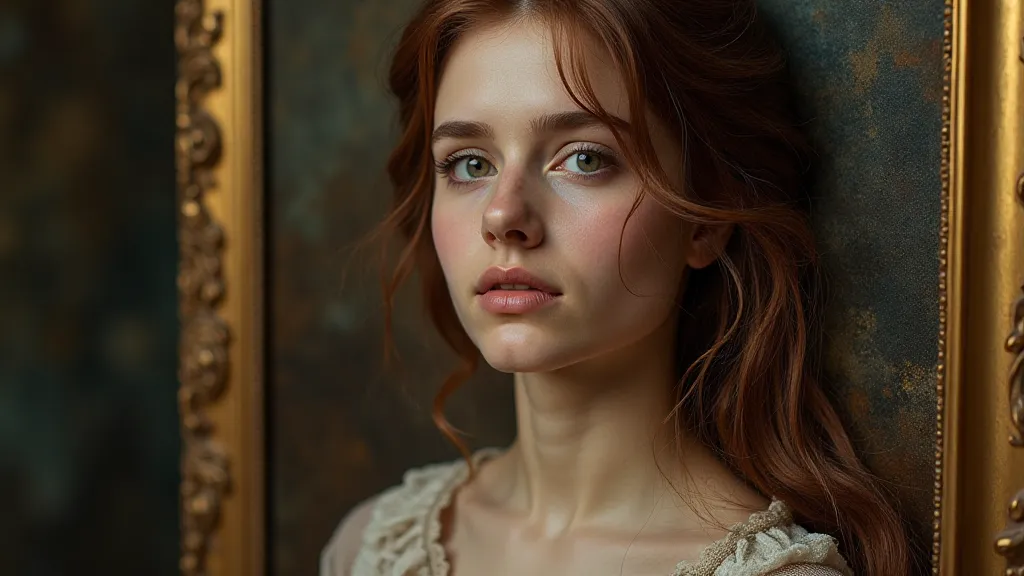
The Origins of a Passion: Beyond Grief
While the most commonly understood purpose of Victorian hair art was memorialization, the motivations of collectors were often far more complex. Not all pieces were created in response to a bereavement. Some were commissioned as tokens of affection – a young man presenting a woven heart to his beloved, a mother celebrating a child’s milestone. These pieces often incorporated the hair of both parties, symbolizing unity and enduring connection. Then there were the collectors who appreciated the artistry itself. These individuals, often wealthy and discerning, sought out particularly intricate and beautiful examples, similar to how we today might collect fine porcelain or antique furniture.
Consider the case of Eliza Worthington, a name unearthed from the records of a London auction house in the 1880s. Eliza, a spinster with a modest inheritance, wasn’t mourning a lost loved one (at least, no one publicly acknowledged). Her collection, meticulously documented in her personal journals, reveals a profound admiration for the skill of the hair artists. She wasn't drawn to the sentimentality but to the technical mastery – the intricate braiding, the clever use of shading, the ability to create realistic forms from a seemingly limited material. Eliza actively corresponded with several artists, commissioning pieces that pushed the boundaries of the craft, pieces she referred to as “studies in texture and form.” Her collection became her passion, her intellectual pursuit, and her legacy.
The Curator's Eye: Building a Collection
The process of building a Victorian hair art collection was far from simple. Finding pieces required persistence and a keen eye. Auction houses were a primary source, though often yielded unpredictable results. Estate sales, antique shops, and even personal connections played a crucial role. Collectors often employed agents to scour the country on their behalf, searching for hidden treasures tucked away in attics and forgotten trunks.
The state of preservation was, and remains, a critical factor. Hair, being organic material, is incredibly fragile and susceptible to damage from light, moisture, and insects. Collectors often took extraordinary measures to protect their investments, storing pieces in climate-controlled environments and carefully documenting their provenance. Many employed skilled restorers to mend broken strands, reattach fragments, and clean the frames without damaging the delicate artwork.
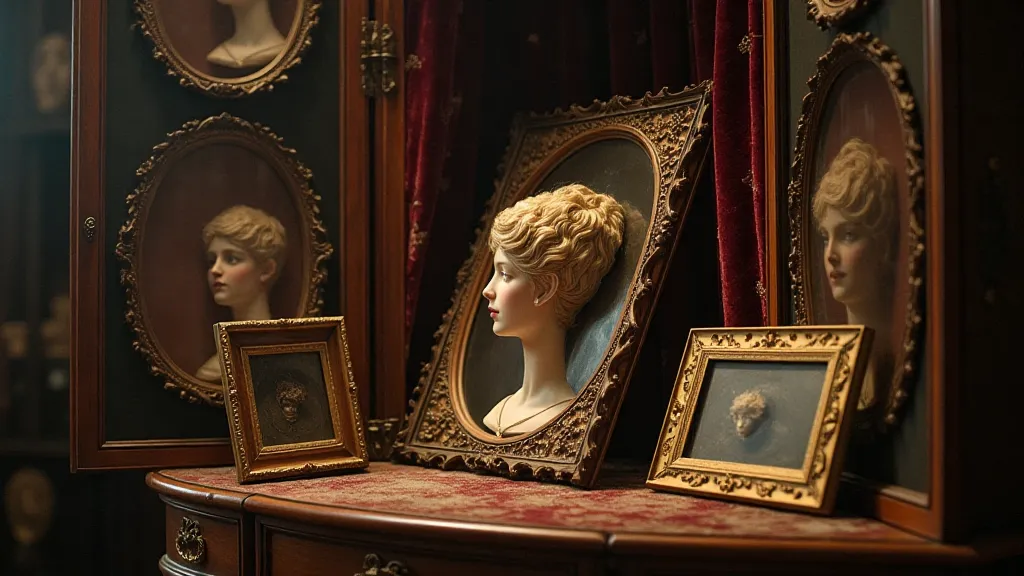
The Restoration Challenge: Respecting the Past
Restoring Victorian hair art presents a unique set of challenges. Modern conservation techniques often prioritize reversibility, meaning that any intervention should be easily undone. However, this principle can be difficult to apply to hair art, where the very material itself is so delicate and irreplaceable. Attempting to remove old glue or clean heavily soiled hair can easily result in irreversible damage.
Ethical considerations are paramount. Should every broken strand be painstakingly reattached, even if it alters the original composition? Is it permissible to use modern materials to reinforce a weakened frame, knowing that it will change the piece’s historical integrity? These questions continue to plague conservators, demanding a deep understanding of Victorian aesthetics and a profound respect for the original artist’s intent.
The Legacy of the Collectors: More Than Just Objects
Today, Victorian hair art collections are increasingly rare and valuable. They offer a fascinating window into a bygone era, not only showcasing the artistry of the craft but also revealing the motivations and personalities of those who cherished them. These collections are more than just accumulations of objects; they are narratives—stories of love, loss, remembrance, and artistic appreciation.
Imagine discovering a collection hidden for generations, meticulously cataloged with handwritten notes detailing the origins of each piece, the artists who created them, and the individuals who inspired them. Such a discovery would not only enrich our understanding of Victorian culture but also illuminate the lives of the collectors themselves – those quiet custodians of memory who, through their passion, ensured that these fragile masterpieces would endure.
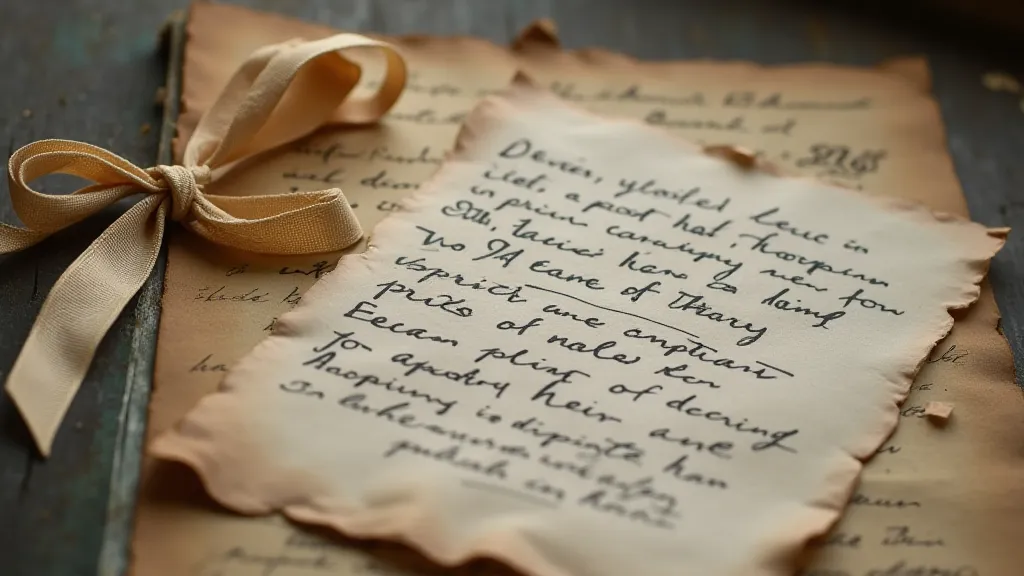
The ‘collector’s shadow’ - the individual who amassed and cherished these pieces – is often overlooked. It’s time we brought those stories to light, recognizing the vital role they played in preserving a unique and profoundly moving art form. It's a reminder that even the most delicate creations can carry the weight of history and the echoes of human experience.
